By A.B. Feuer
In 1994 James Anderson and a few other adventurers retraced the Australian Army’s withdrawal from Kokoda in 1942, and followed the track across the Owen Stanley Mountains. The following account is edited from Anderson’s article, which appeared in the September/October 1994 issue of Reveille, a publication of the New South Wales Branch of the Returned and Services League of Australia:
“From Kokoda Village, an old tractor trail led us to the base of the hills. We were about to start our climb to the village of Isurava at an altitude of 1,375 metres [4,512 feet]. As the track began to steadily rise, I was having a hard time trying to acclimatize to the steamy humidity of the jungle. The sun became my worst enemy, as I struggled at times to find some shade where I could take a brief rest.
“I can’t ever remember sweating as much as I did that first morning. Although I was drinking plenty of water, I was still fighting dizzy spells, and had to stop often before continuing the ascent.
“We were a couple of days behind schedule when we finally reached Isurava. I was soaking wet, exhausted, chilled and nauseous from the difficult climb.
“At mid-morning on day four, we left the track and took a detour to Myola Village. After reaching the top of a steep slope we could see a huge clearing that was the dry lake of Myola—an extinct volcano. This area was used by the Australians for airdropping supplies and ammunition during the war. Roughly only about ten percent was ever recovered because of the swampy ground and mud.
“While crossing the lake bed, we found many artillery shells, ammunition boxes, mortars, and other military material. If we had taken more time to forage, we probably would have found skeletal remains buried in the mud.
“Day five was easier—only a three-hour walk from Myola Village to Naduri. We were formally greeted by one of the village elders. He carried supplies for the soldiers during the war, and walked up to meet us wearing his original uniform, cap and Independence Medal.
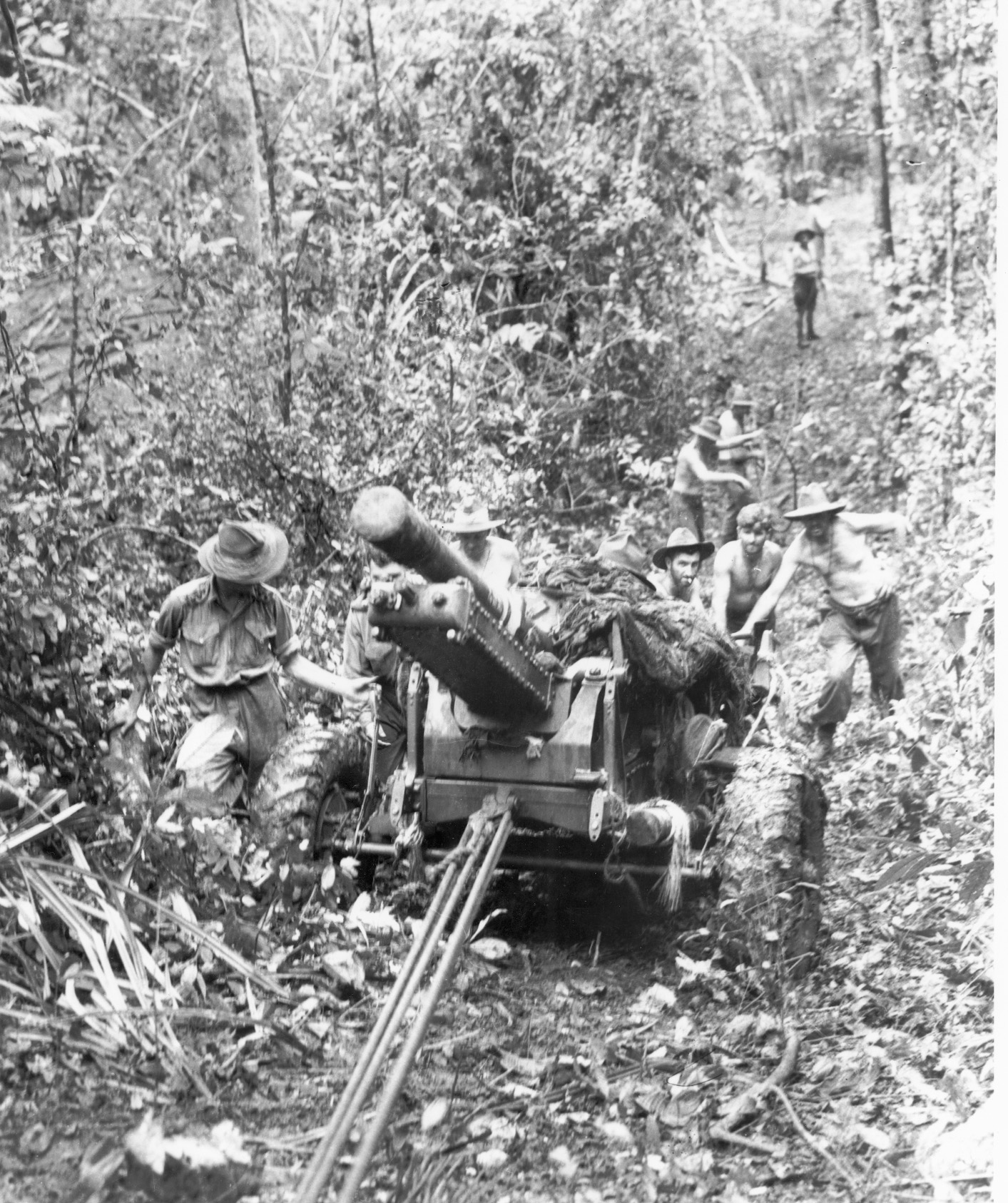
Mission Ridge and Butcher’s Hill
“On day six, we arrived at Efogi. From the village, I could look up at Mission Ridge and Butcher’s Hill. From September 6 to 9, 1942, the Australians defended this sector in what was one of the bitterest struggles of the war.
“Both sides had prepared for what the Japanese considered the ‘Battle for the Owen Stanley Range.’ The Australians were heavily outnumbered. They had only three depleted battalions totaling a thousand men to defend Mission Ridge. They had no machine guns, or even entrenching tools to effectively dig in. Meanwhile, the Japanese assembled 6,000 troops and artillery. General Horii was determined to outflank and annihilate his defiant enemy.
“The vicious fighting raged for three days and nights—eventually resulting in the Australian battalions being cut off from each other. The men that survived did so by managing to reestablish contact with the other units, or withdrawing down the track. Others escaped by sliding down the steep slope on either side of the hill. Fortunately for our side, when the Japanese reached Ioribaiwa they were ordered to halt their advance on Port Moresby.
“During our stay at Efogi, we met a village elder by the name of Siosi. He was fifteen years old when he witnessed the battle, and told us how he helped to bury the bodies of 72 Australian soldiers at the top of the ridge. Over these many years, however, the rapid growth of the thick jungle concealed the site to such an extent, that its location has never been found.
Corporal Nishimura’s Story
“We were also told the story of Japanese Corporal Nishimura who took part in the battle. Nishimura led his group of 42 men in a brave attempt to charge a strong Australian position. Before the attack, each man swore that if he survived, he would release the spirits of those who died. Nishimura was the only person to live through the assault. He survived the slaughter by hiding for two days inside a hollow tree stump—which still can be seen today.
“In the late 1980s, Nishimura quit his job and divorced his wife and family, explaining, ‘I must now honor my pledge to my comrades,’ and he returned to the site where he had buried his friends. We visited Nishimura’s diggings, and inspected the tree stump, which he somehow managed to climb into so many years ago.
“We finished our trek on day nine. Even the last day was extremely difficult. And, as I turned and glanced back at the ranges we had crossed, I found it hard to believe that we had actually made it safely over the mountains. Although I could barely stand up for our group photograph, I was overjoyed at completing the challenge. We had all become good friends on what has been called ‘the ultimate obstacle course.’ We had struggled across the Kokoda Track and lived—not necessarily to tell the story of our own accomplishments—but to relate the courage of the brave men who fought and died there 50 years ago. Those who would never return to a hero’s welcome.”
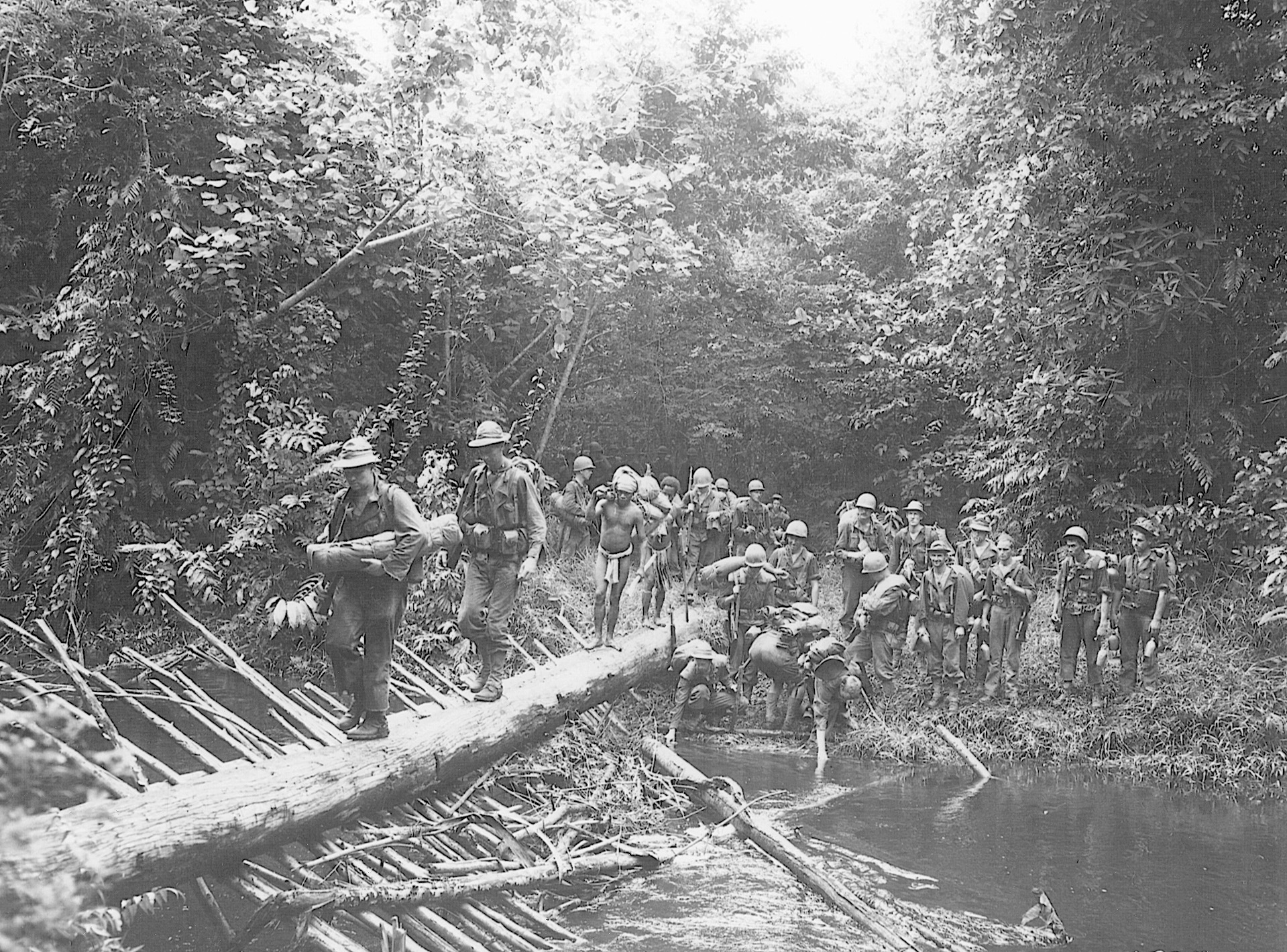
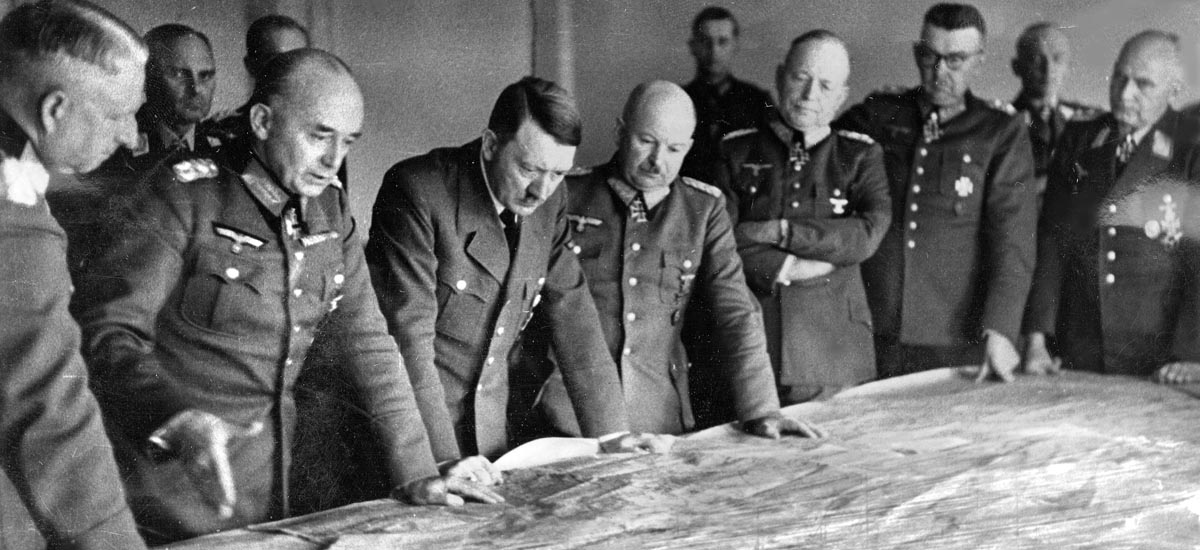
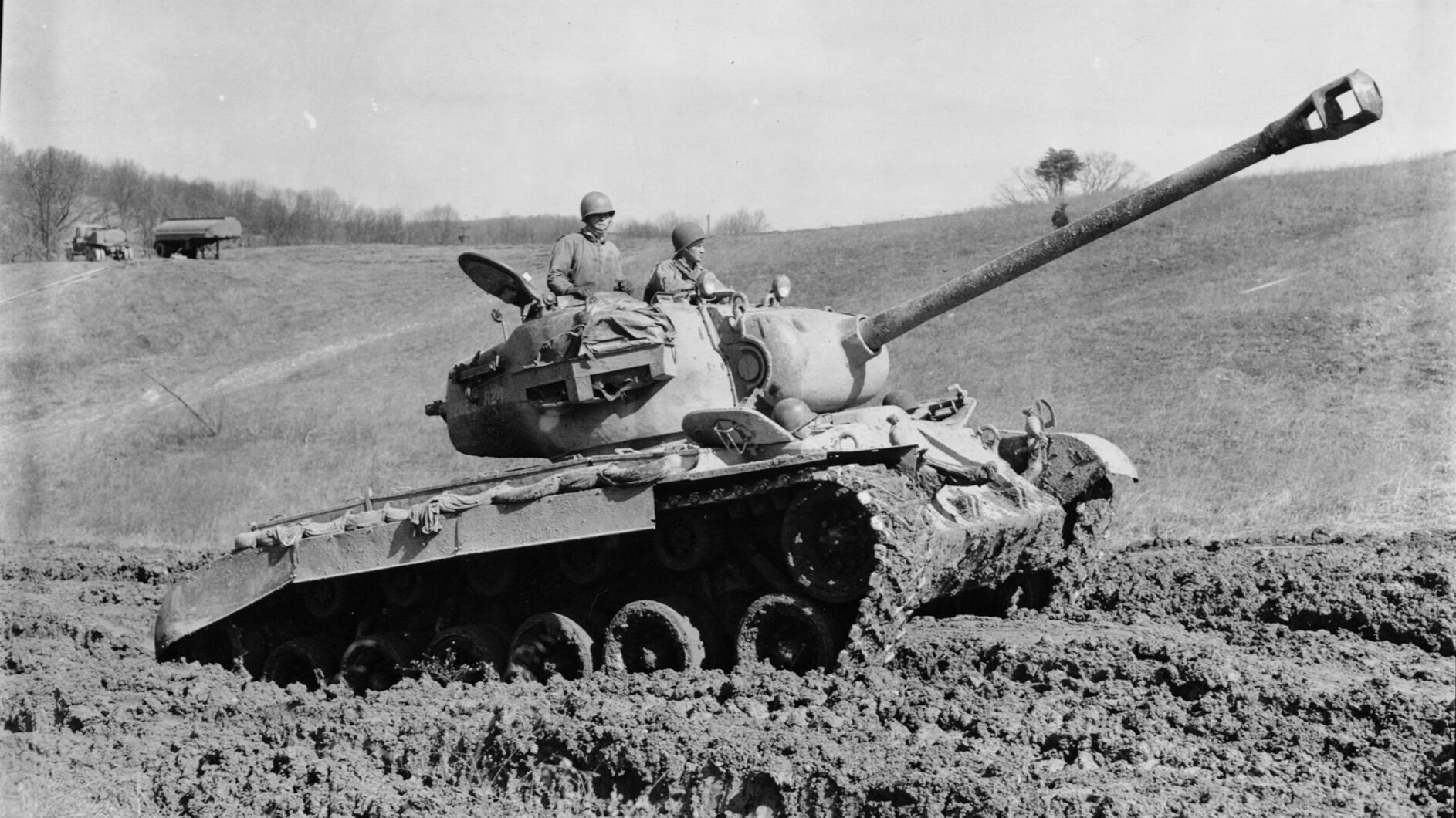
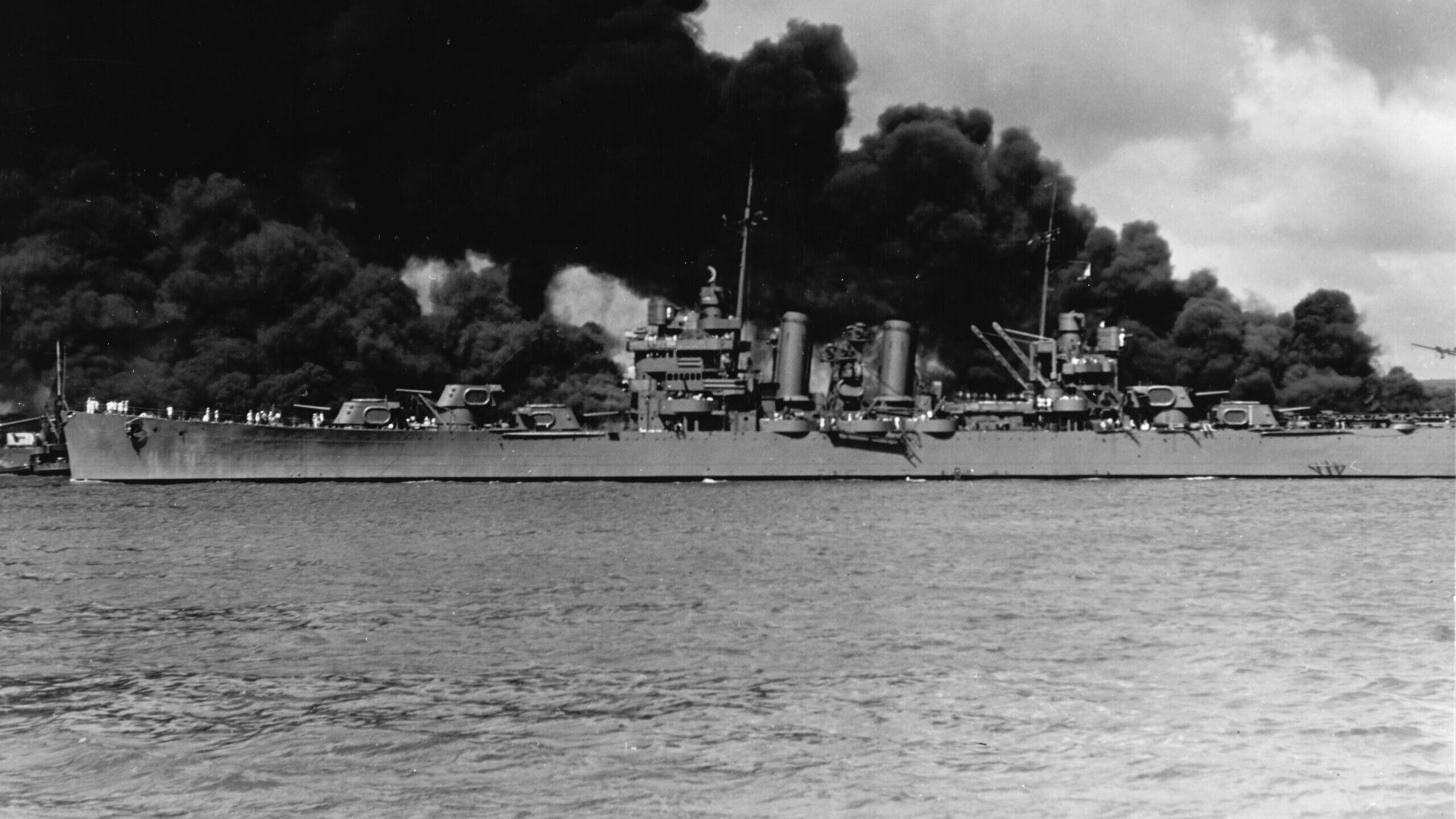
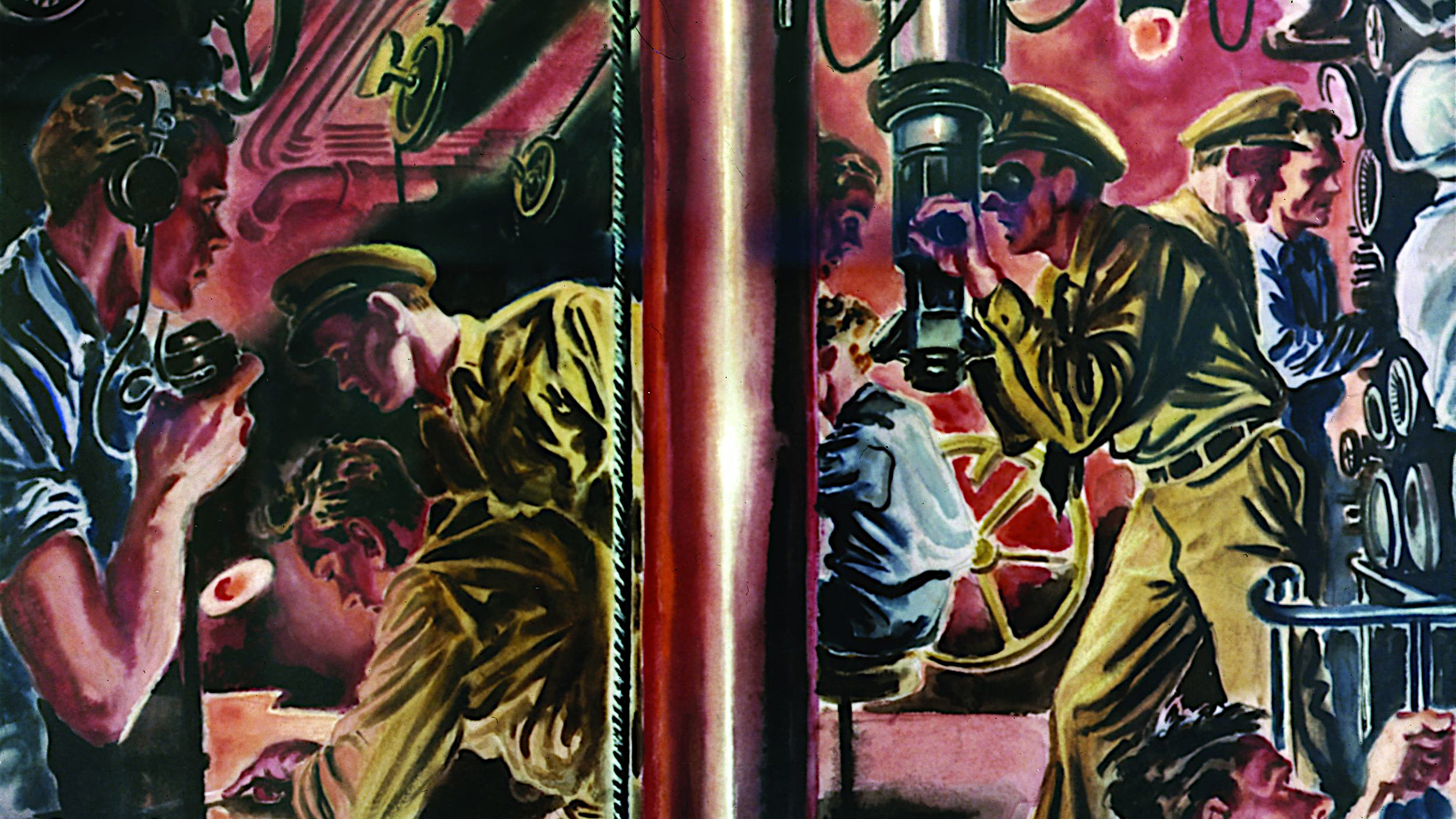
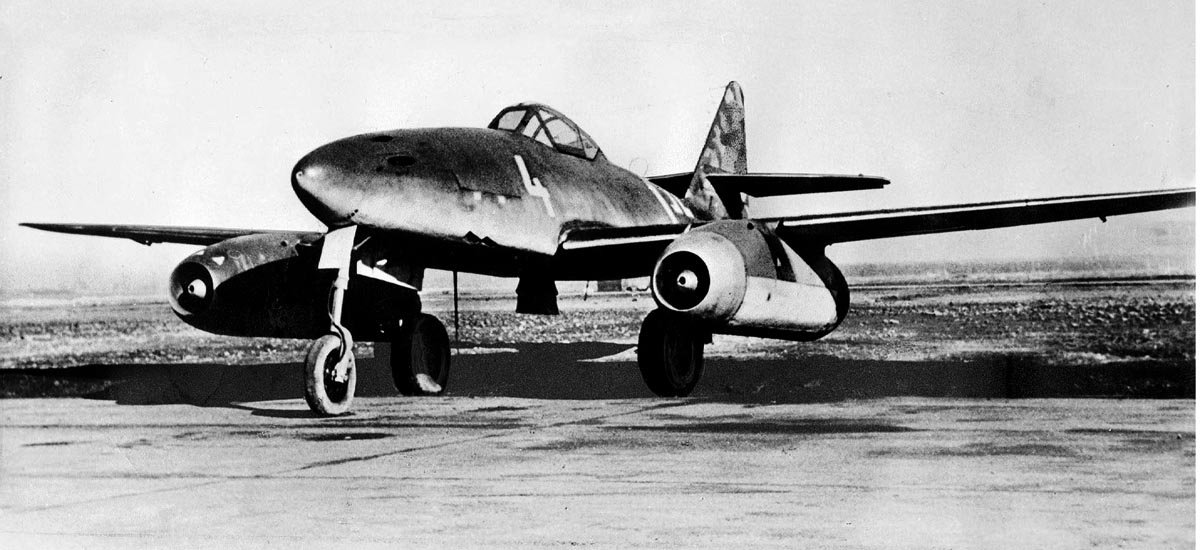
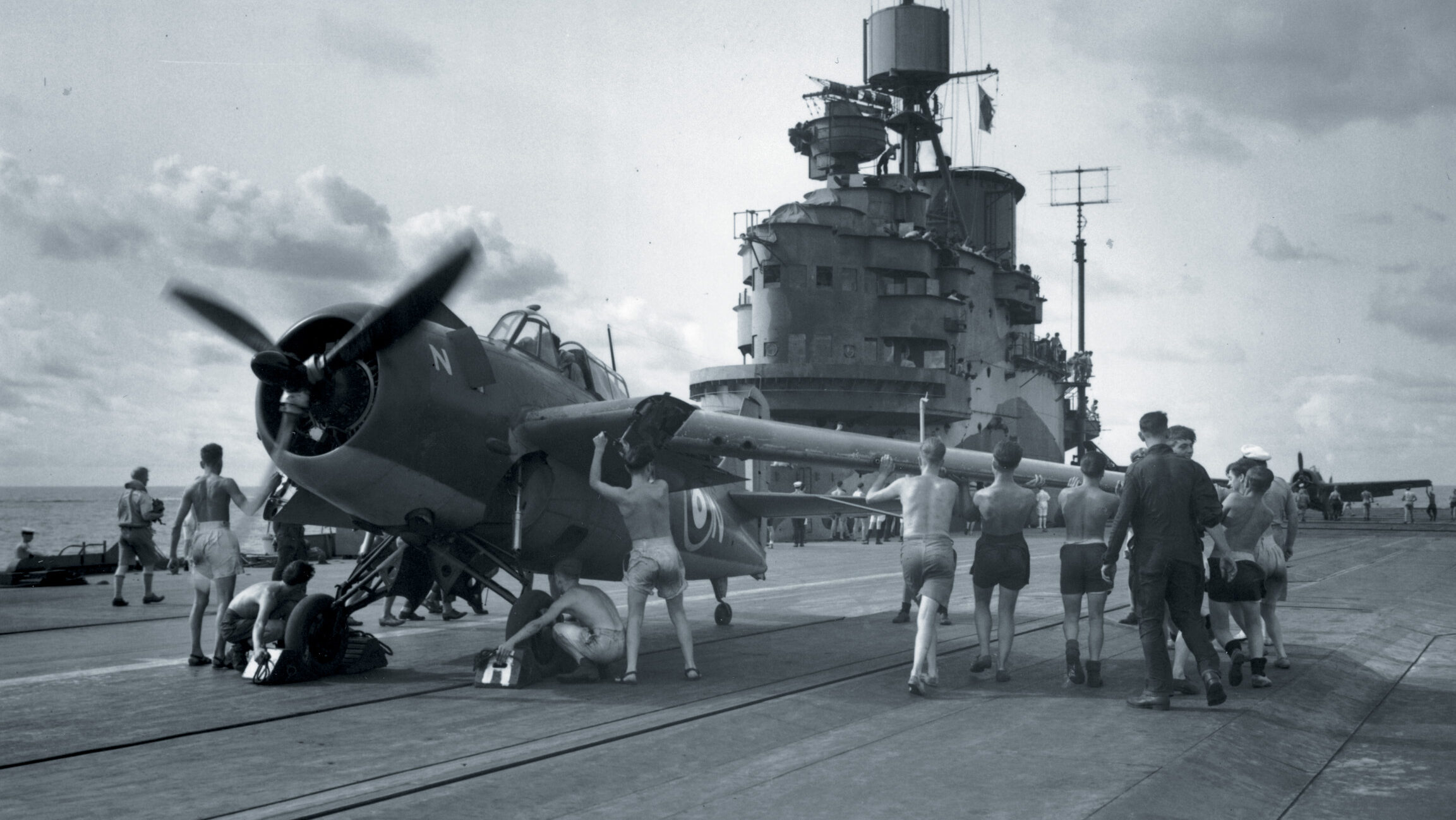
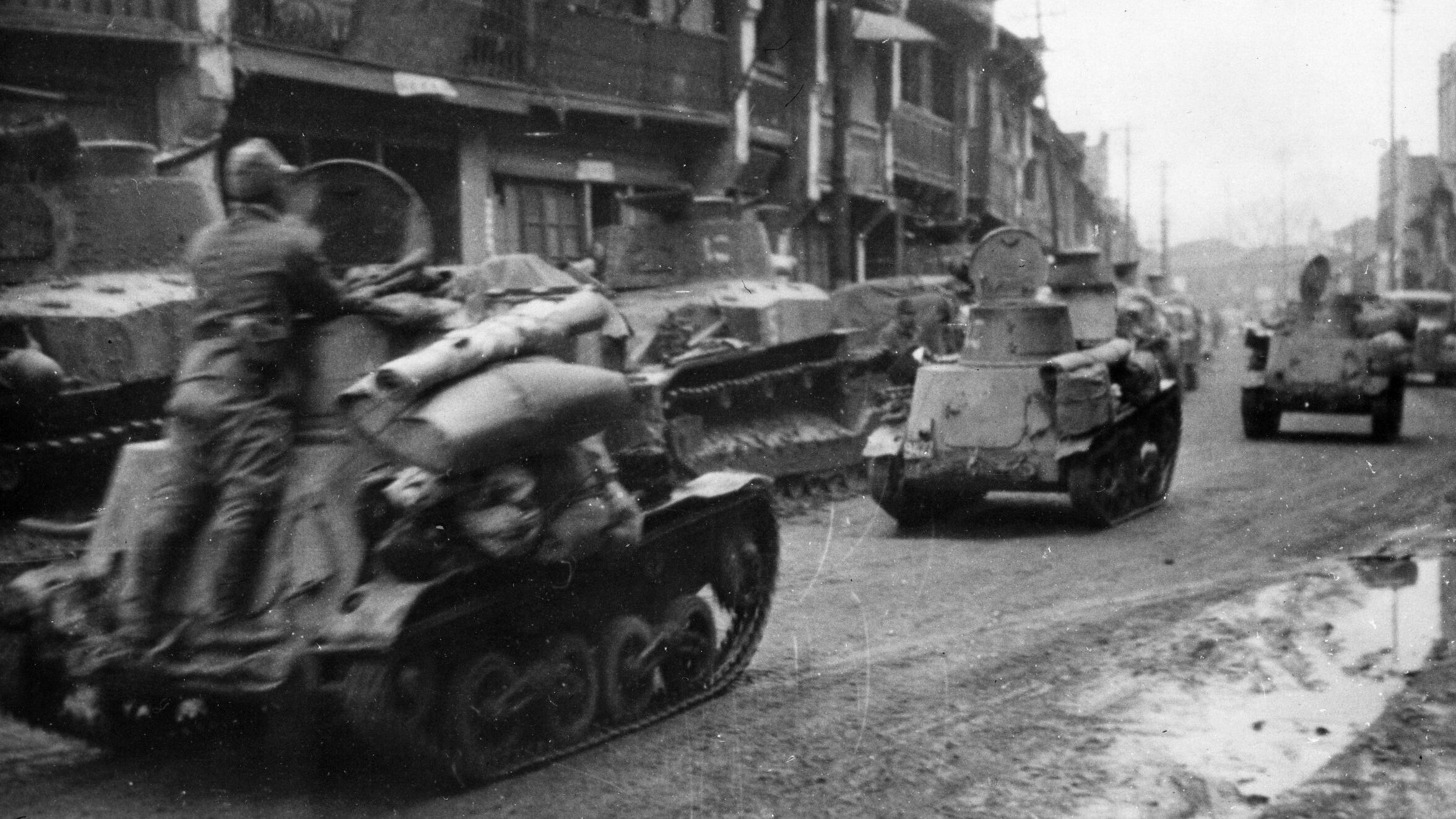
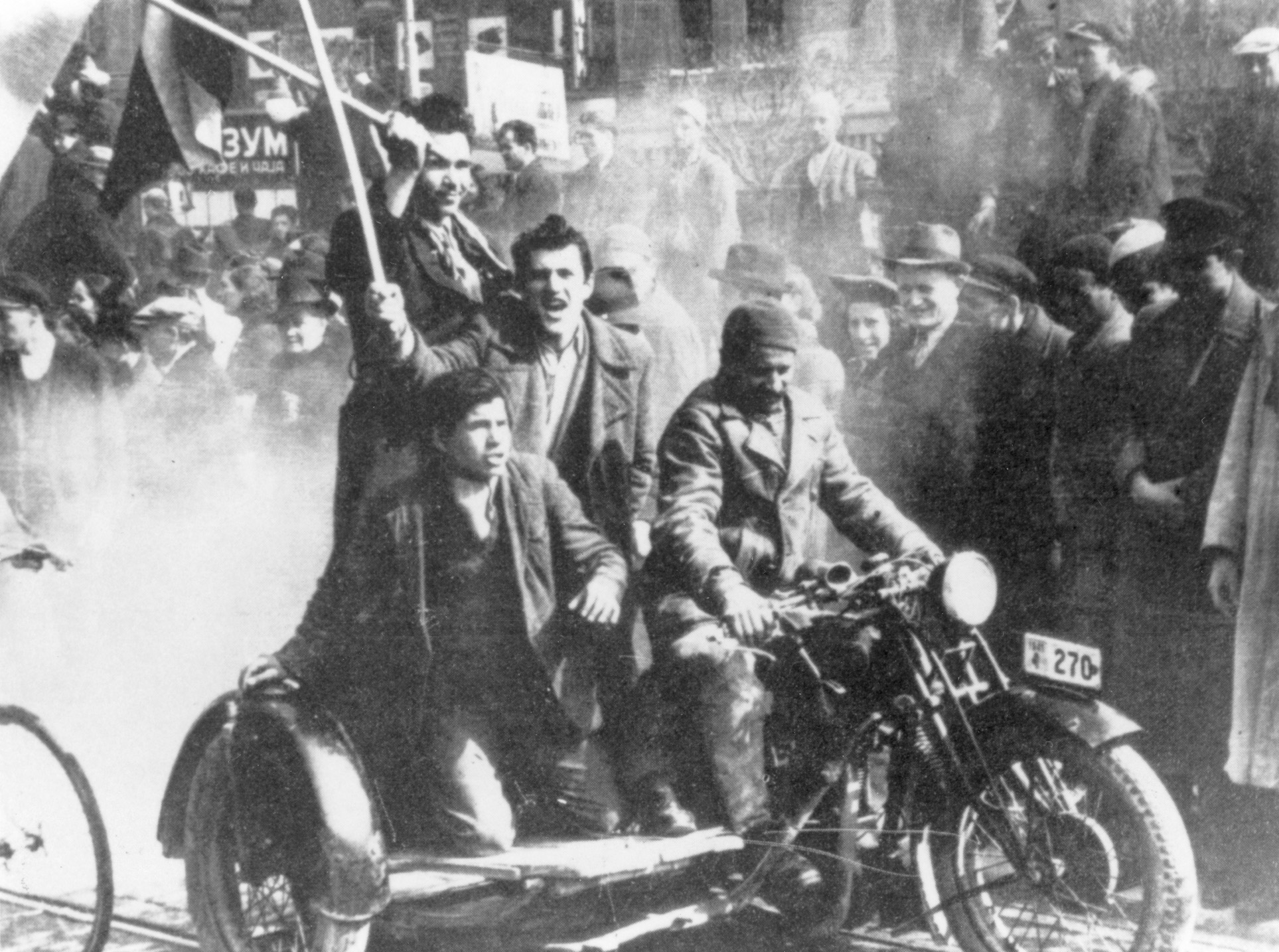
My granddaughter had this beautiful print sitting in her room & was getting ready to hang it..I made a comment to her on how beautiful it was..She then told me what Japanese writing said in the corner..”Trail of Death”..I asked her if she knew what the story was behind it..she did not..So it has sent me on a journey of seek & find mission..What an incredible story & I am sending it to her now..Thank u..thank u